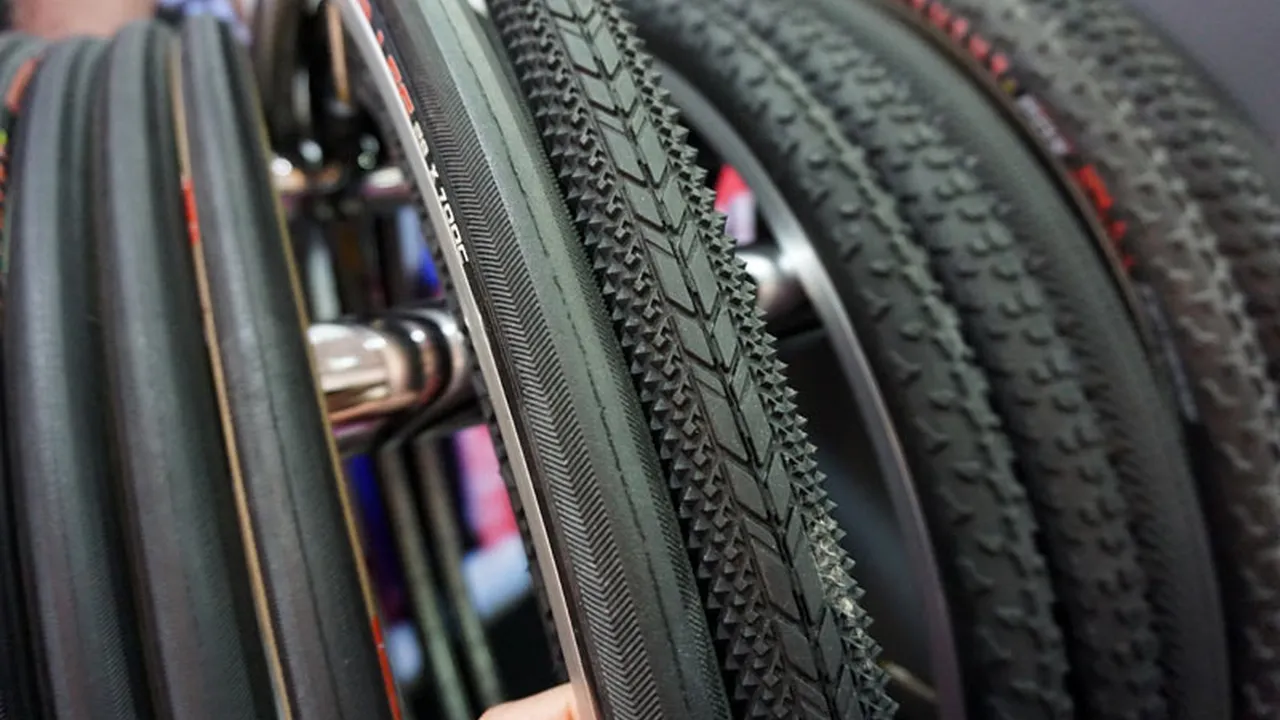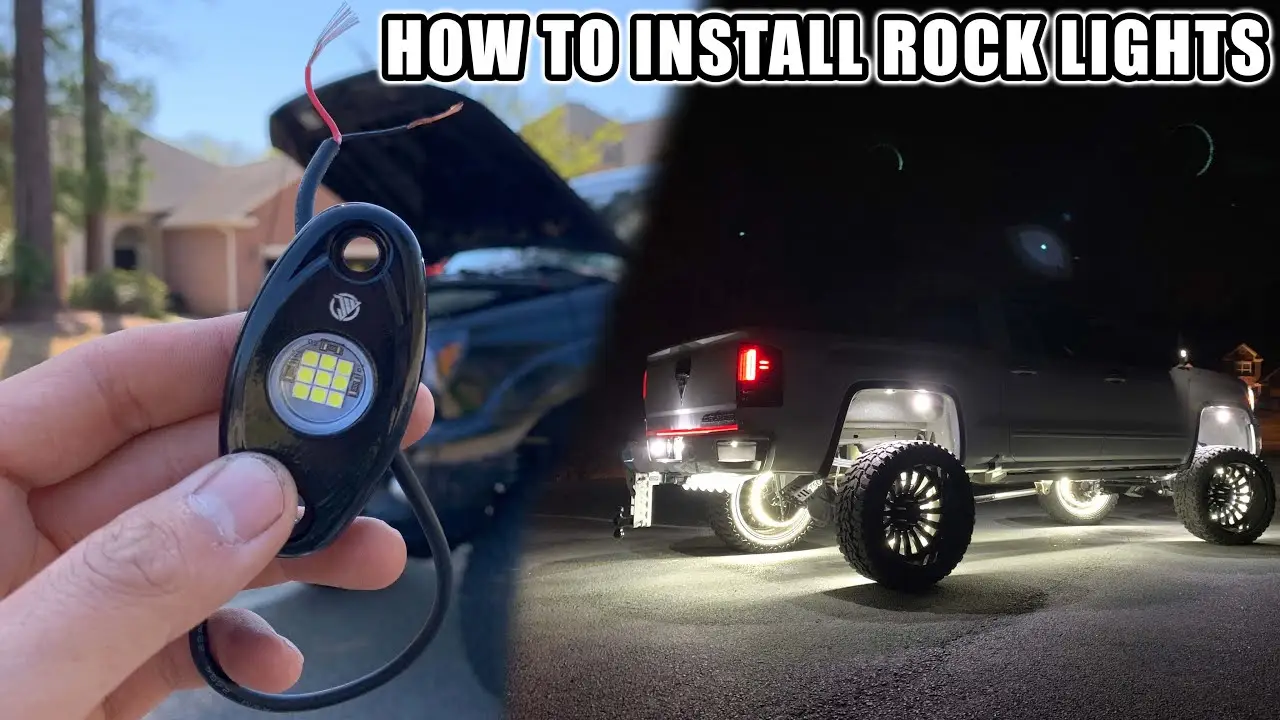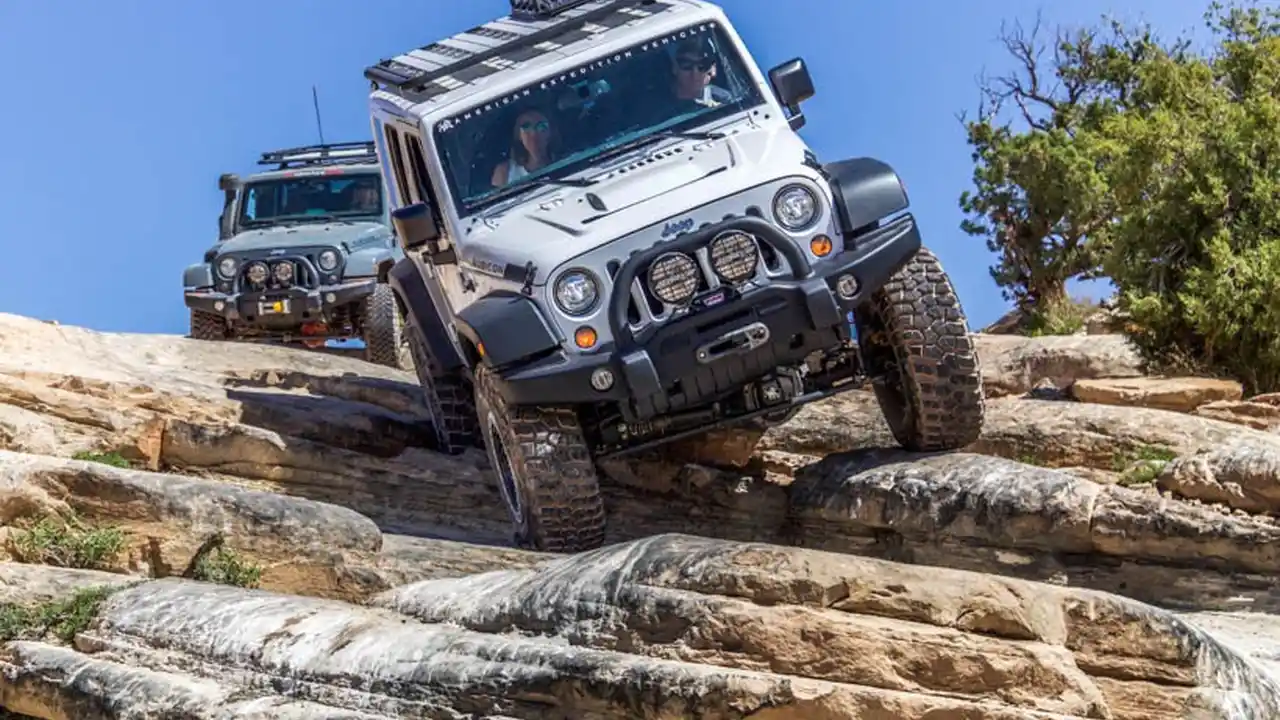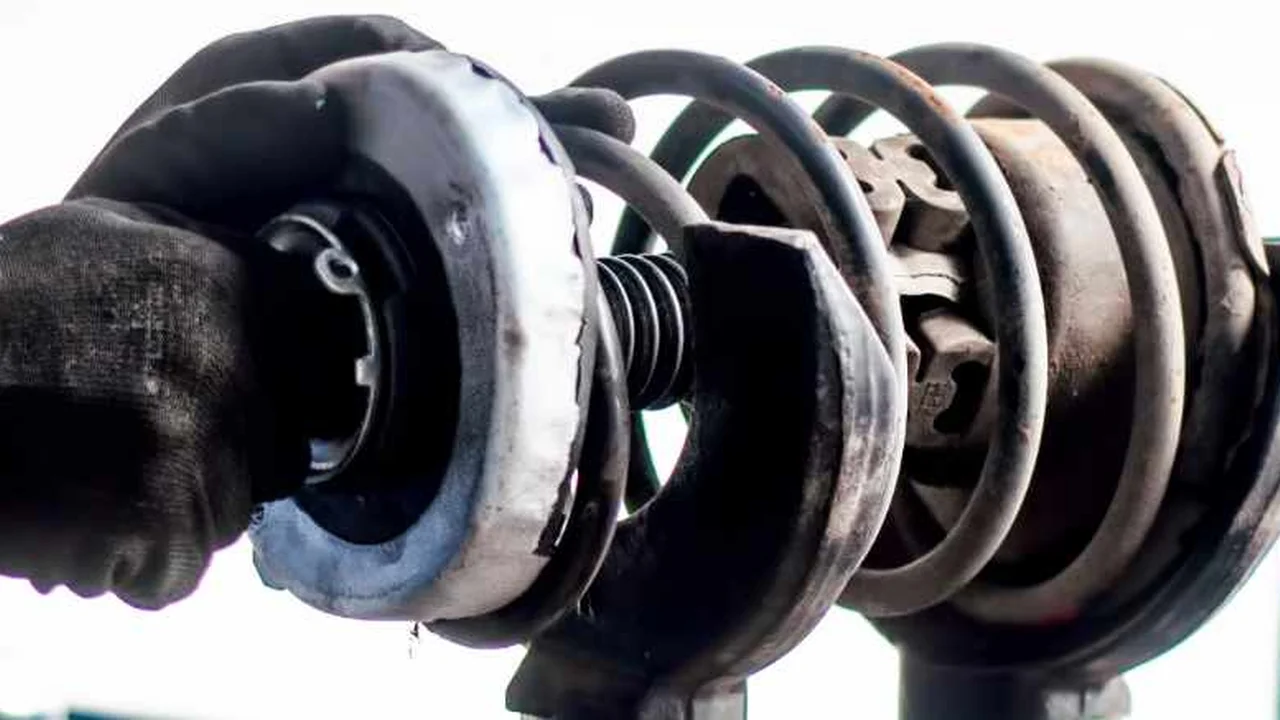How to Choose the Right Tire Size for Off-Roading

Choosing the right tire size for off-roading is essential for optimal performance. Learn how to choose the right tire size for your off-road needs. Improve your vehicle's ground clearance and traction. Enhance your off-road capabilities with our expert guidance.
Understanding Tire Size Codes for Off-Roading
Okay, let’s dive into the nitty-gritty of tire sizes! Those numbers on the sidewall aren't just random; they tell you everything you need to know. Understanding these codes is the first step to choosing the right size for your off-road rig. Let's break it down:
- Section Width: The first number, like "285" in "285/75R16," represents the tire's width in millimeters. This is the measurement of the tire from sidewall to sidewall. Wider tires can provide more traction in certain conditions, but also increase rolling resistance.
- Aspect Ratio: The second number, like "75" in "285/75R16," is the aspect ratio. This is the height of the tire's sidewall as a percentage of its section width. A higher aspect ratio means a taller sidewall, which can improve ride comfort and off-road performance.
- Construction Type: The letter "R" in "285/75R16" indicates the tire's construction type. "R" stands for radial, which is the most common type of tire construction.
- Rim Diameter: The last number, like "16" in "285/75R16," is the diameter of the wheel rim in inches. This is the size of the wheel that the tire is designed to fit.
So, a 285/75R16 tire is 285 millimeters wide, has a sidewall height that's 75% of its width, is a radial tire, and fits a 16-inch wheel. Got it? Great! Now, let's see how this translates to real-world off-road benefits.
Calculating Overall Tire Diameter for Off-Road Vehicles
Knowing the overall diameter of your tires is crucial for a few reasons. It affects your speedometer accuracy, gear ratios, and the amount of lift you'll get. Here’s how to calculate it:
- Convert Section Width to Inches: Divide the section width (in mm) by 25.4 (mm/inch). For example, 285 mm / 25.4 = 11.22 inches.
- Calculate Sidewall Height: Multiply the section width (in inches) by the aspect ratio (as a decimal). For example, 11.22 inches * 0.75 = 8.42 inches.
- Calculate Overall Diameter: Multiply the sidewall height by 2 (because there's a sidewall above and below the wheel) and add the rim diameter. For example, (8.42 inches * 2) + 16 inches = 32.84 inches.
So, a 285/75R16 tire has an overall diameter of approximately 32.84 inches. This number is what you'll use to compare different tire sizes and determine if they'll fit your vehicle.
The Impact of Tire Size on Ground Clearance for Off-Roading
Ground clearance is king when you're hitting the trails! Larger tires increase the distance between your vehicle's undercarriage and the ground, allowing you to clear obstacles more easily. But remember, bigger isn't always better. Here's why:
- Increased Clearance: Larger tires directly increase your axle ground clearance (the distance between the lowest point of your differential and the ground).
- Approach & Departure Angles: Larger tires can also improve your approach and departure angles, allowing you to climb over obstacles without scraping your bumpers.
- Potential Issues: Too large of a tire can rub against your fenders, require modifications like lift kits, and negatively impact your fuel economy and handling.
Finding the right balance between increased ground clearance and potential drawbacks is key. Consider the type of terrain you'll be tackling and the modifications you're willing to make to your vehicle.
Tire Size and its Effect on Traction for Off-Road Performance
Traction is what keeps you moving on loose surfaces like mud, sand, and rocks. Tire size plays a significant role in determining how much traction you have. Here's the scoop:
- Wider Tires: Wider tires generally offer more surface area, which can increase traction on soft surfaces like sand and mud. They distribute the vehicle's weight over a larger area, preventing the tires from sinking.
- Narrower Tires: Narrower tires can be advantageous in certain situations, such as on hard-packed snow or ice. They concentrate the vehicle's weight on a smaller area, improving grip.
- Tire Pressure: Tire pressure is also critical. Lowering tire pressure increases the contact patch, improving traction on most off-road surfaces.
Choosing the right tire width depends on the type of terrain you'll be encountering most often. If you're primarily driving in sand or mud, wider tires are generally a better choice. If you're mostly on rocky trails or hard-packed surfaces, a moderate width might be more suitable.
Recommended Tire Sizes for Popular Off-Road Vehicles: Jeep Wrangler, Toyota Tacoma, Ford F-150
Let's get specific! Here are some recommended tire sizes for popular off-road vehicles, considering their stock configurations and common modifications:
- Jeep Wrangler (JK/JL):
- Stock: 255/75R17 (around 32 inches)
- With a 2-3 inch lift: 35x12.50R17 or 315/70R17 (around 35 inches)
- Aggressive Build: 37x12.50R17 or larger (requires significant modifications)
- Toyota Tacoma (3rd Gen):
- Stock: 265/65R17 (around 31 inches)
- With a 2-3 inch lift: 285/70R17 or 285/75R16 (around 33 inches)
- Aggressive Build: 35x12.50R17 or larger (requires cab mount chop and other modifications)
- Ford F-150 (13th Gen):
- Stock: 275/65R18 (around 32 inches)
- With a 2-inch level: 285/70R17 or 35x12.50R17 (around 33-35 inches)
- Aggressive Build: 37x12.50R17 or larger (requires significant modifications)
These are just starting points. Always check your vehicle's specifications and consult with a tire professional to ensure proper fitment and avoid any clearance issues.
Avoiding Tire Rubbing: Clearance Issues and Solutions for Off-Road Tires
Tire rubbing is a common problem when upsizing your tires. It occurs when the tires come into contact with the fenders, suspension components, or frame. Here's how to prevent and address it:
- Measure Carefully: Before purchasing new tires, carefully measure the available space in your wheel wells. Consider the tire's width and diameter at full compression and steering lock.
- Lift Kits: Lift kits provide additional clearance by raising the vehicle's body or suspension. Choose a lift kit that's appropriate for the tire size you want to run.
- Wheel Spacers: Wheel spacers push the wheels outward, increasing the distance between the tire and the suspension components. However, they can also affect handling and stress on wheel bearings.
- Fender Trimming: In some cases, you may need to trim your fenders to create more clearance. This is a more permanent solution and should be done carefully.
- Cab Mount Chop (CMC): On some vehicles like the Toyota Tacoma, the cab mount can interfere with larger tires. A cab mount chop involves cutting and welding the mount to create more space.
Gear Ratio Considerations When Upsizing Off-Road Tires
Upsizing your tires affects your gear ratio, which in turn affects your vehicle's acceleration and fuel economy. Larger tires effectively make your gears "taller," reducing engine RPMs at a given speed. Here's what you need to know:
- Loss of Power: Taller gears can make your vehicle feel sluggish, especially when accelerating or climbing hills.
- Re-gearing: Re-gearing involves replacing your differential gears with gears that have a different ratio. This can restore your vehicle's performance and fuel economy.
- Towing Performance: If you frequently tow, re-gearing is especially important to maintain your vehicle's towing capacity.
If you're only going up a size or two, you might not need to re-gear. However, if you're running significantly larger tires (e.g., 35 inches or larger), re-gearing is highly recommended.
Tire Pressure Monitoring Systems (TPMS) and Off-Road Tire Sizes
Tire Pressure Monitoring Systems (TPMS) are designed to alert you when your tire pressure is low. However, they can sometimes be problematic when you change tire sizes or air down for off-roading. Here's what to consider:
- Sensor Compatibility: Ensure that your TPMS sensors are compatible with your new wheels and tires.
- Air Down Adjustments: When you air down for off-roading, your TPMS light may come on. You can either ignore it (knowing that your tire pressure is intentionally low) or reprogram the TPMS to a lower threshold.
- Aftermarket TPMS: Aftermarket TPMS systems offer more flexibility and customization options.
Product Recommendations: Popular Off-Road Tire Brands and Models
Alright, let's talk about some specific tires! Here are a few popular and highly-rated off-road tire options:
- BFGoodrich All-Terrain T/A KO2:
- Description: A legendary all-terrain tire known for its durability, traction, and long lifespan.
- Pros: Excellent all-around performance, tough sidewalls, good on-road manners.
- Cons: Can be noisy on the highway, relatively expensive.
- Typical Price: $200-$400 per tire (depending on size)
- Use Case: Great for daily drivers that also see regular off-road use.
- Nitto Ridge Grappler:
- Description: A hybrid terrain tire that combines the aggressive look of a mud-terrain tire with the on-road comfort of an all-terrain tire.
- Pros: Aggressive tread pattern, relatively quiet on the highway, good in mud and rocks.
- Cons: Can be expensive, may not last as long as some all-terrain tires.
- Typical Price: $250-$450 per tire (depending on size)
- Use Case: Ideal for those who want an aggressive look without sacrificing too much on-road comfort.
- Goodyear Wrangler MT/R with Kevlar:
- Description: A serious mud-terrain tire designed for extreme off-road conditions.
- Pros: Excellent traction in mud and rocks, durable sidewalls, aggressive tread pattern.
- Cons: Noisy on the highway, poor on-road handling, can wear quickly.
- Typical Price: $250-$500 per tire (depending on size)
- Use Case: Best for dedicated off-road vehicles that see limited on-road use.
- Falken Wildpeak A/T3W:
- Description: A popular all-terrain tire that offers a good balance of on-road and off-road performance at a reasonable price.
- Pros: Excellent value, good traction in various conditions, quiet on the highway.
- Cons: Not as durable as some other all-terrain tires, can be slippery on ice.
- Typical Price: $150-$350 per tire (depending on size)
- Use Case: A great choice for budget-conscious off-roaders who want a versatile tire.
Comparing Tire Brands: BFGoodrich vs. Nitto vs. Goodyear vs. Falken
Choosing between tire brands can be tough! Here's a quick comparison of the brands mentioned above:
- BFGoodrich: Known for its durability, reliability, and all-around performance. A solid choice for most off-roaders.
- Nitto: Offers a good balance of aggressive looks and on-road comfort. A great option for those who want a stylish and capable tire.
- Goodyear: Specializes in extreme off-road performance. Best for dedicated off-road vehicles that need maximum traction.
- Falken: Provides excellent value and versatility. A good choice for budget-conscious off-roaders who want a reliable tire.
Installation and Professional Advice for Off-Road Tires
Installing new tires can be done at home, but it's often best to have them professionally installed. Here's why:
- Proper Mounting: Professional installers have the equipment and expertise to mount your tires correctly, ensuring a proper seal and preventing leaks.
- Balancing: Balancing your tires is essential for a smooth ride. Professional installers use specialized equipment to balance your tires and eliminate vibrations.
- Alignment: After installing new tires, it's a good idea to have your vehicle's alignment checked. This will ensure that your tires wear evenly and your vehicle handles properly.
Consulting with a tire professional can also help you choose the right tire size and type for your vehicle and driving needs. They can provide expert advice and recommendations based on your specific situation.
Final Thoughts: Making the Right Tire Size Choice
Choosing the right tire size for off-roading is a complex decision that depends on a variety of factors. Consider your vehicle's specifications, the type of terrain you'll be encountering, and your budget. By understanding the basics of tire size codes, calculating overall diameter, and considering the impact on ground clearance, traction, and gear ratios, you can make an informed decision that will enhance your off-road adventures. Remember to consult with a tire professional if you have any questions or need help choosing the right tires for your needs. Happy trails!
:max_bytes(150000):strip_icc()/277019-baked-pork-chops-with-cream-of-mushroom-soup-DDMFS-beauty-4x3-BG-7505-5762b731cf30447d9cbbbbbf387beafa.jpg)






